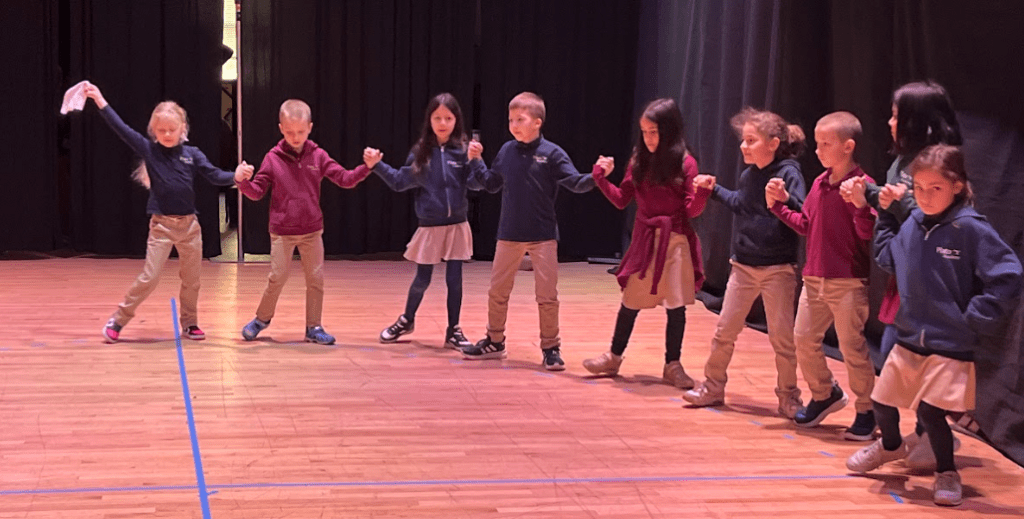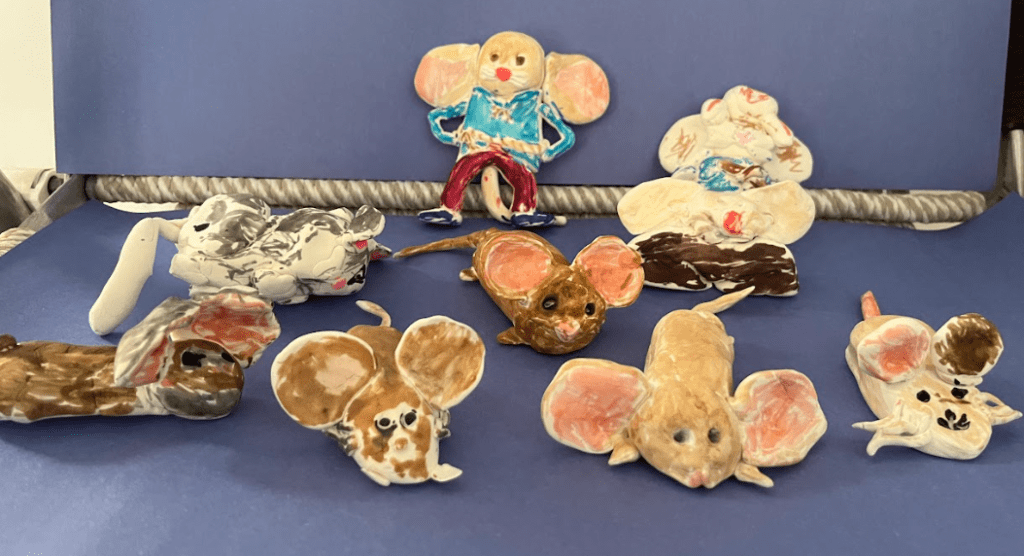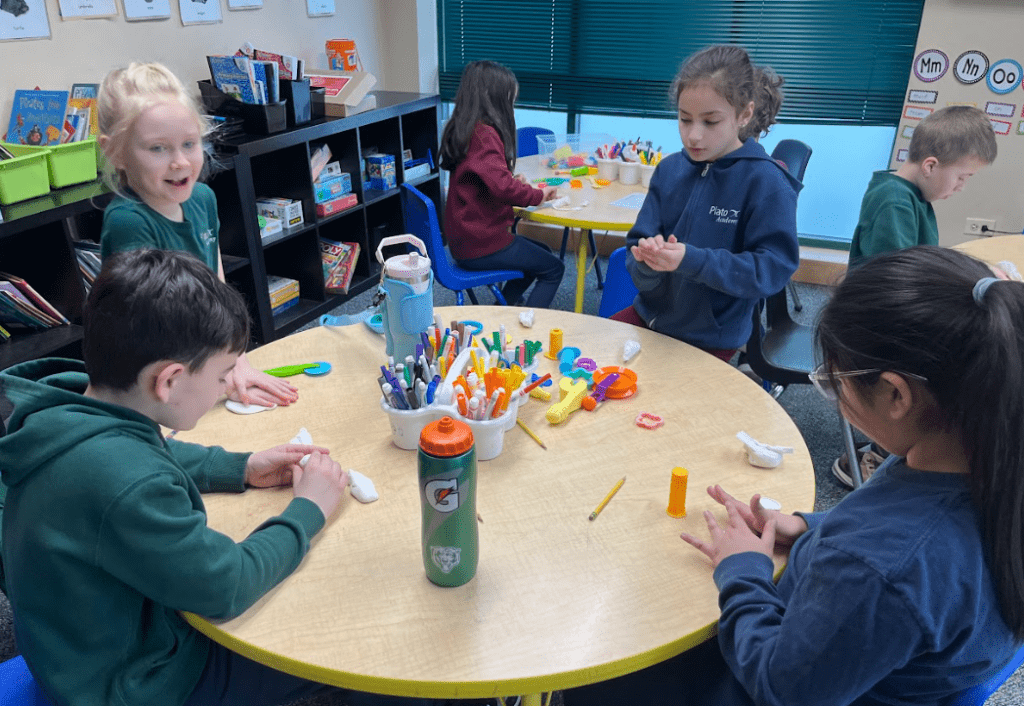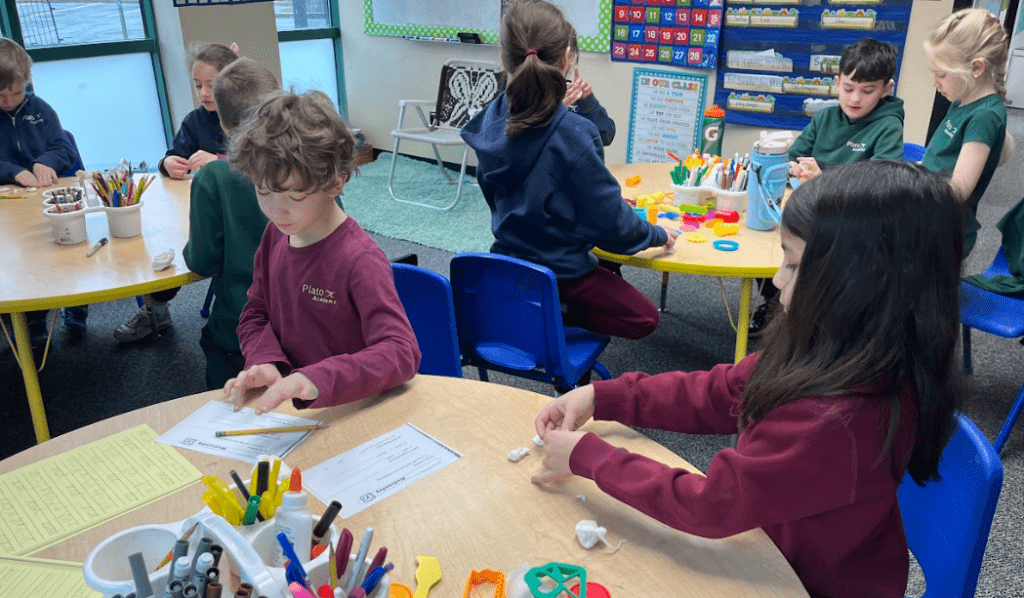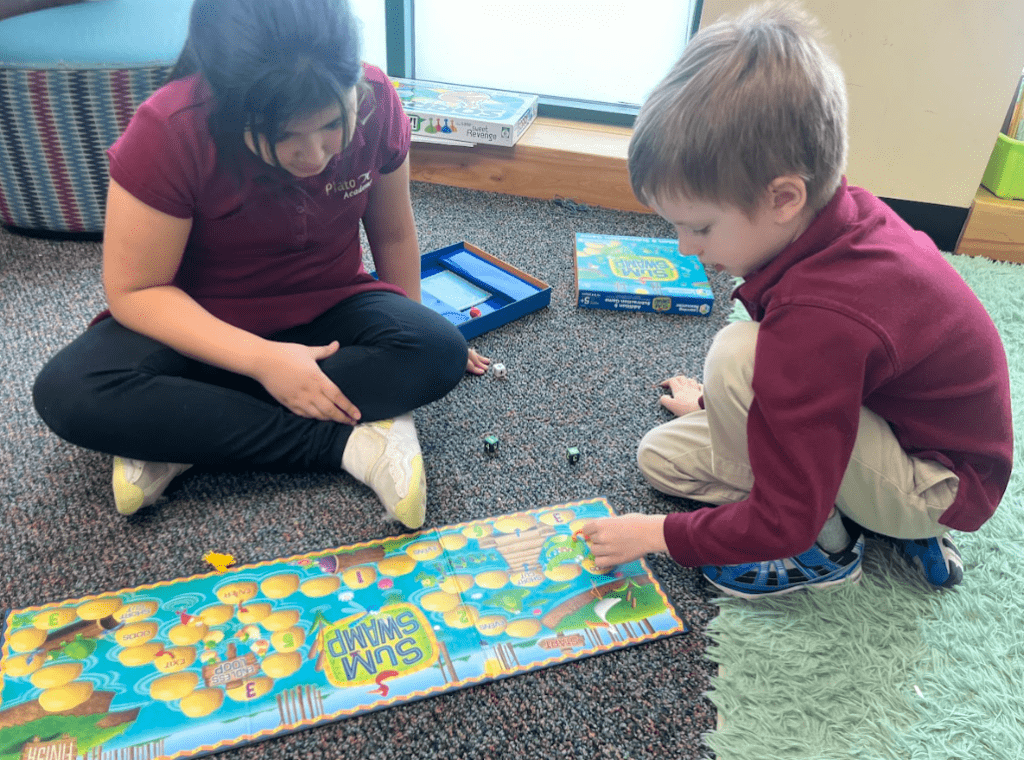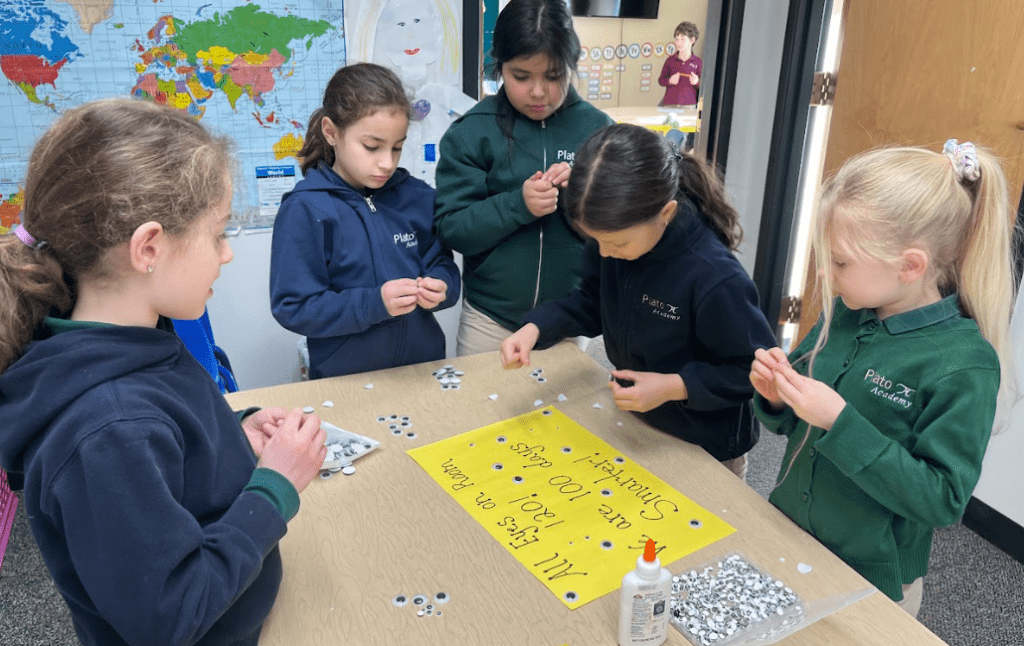
Good evening, families and friends!
We’ve enjoyed the past two weeks together reading a new novel called “Otherwise Known as Sheila the Great”. It is the fourth and final novel in the “Fudge” series by Judy Bloom. We have written in our journals, summarizing chapters and making connections to the main character, Sheila. We all identify with Sheila’s reluctance to admit how scared she is, or admit that she doesn’t know how to do some things other kids can do. Judy Blume has said that she endowed Sheila Tubman with all of her own childhood fears, and maybe that’s why this book is so touching and so true.
Journaling…
Write three things that happened in Sheila the Great…


List 5 things that you can do to be a great friend…

I am afraid of…

Recess…
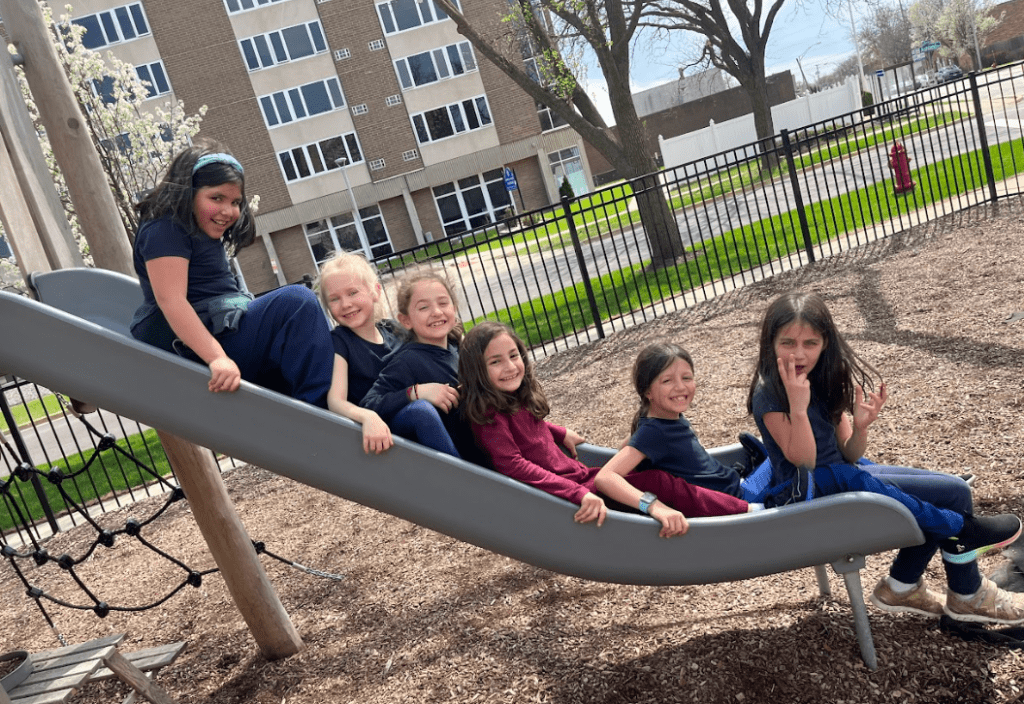






The One and Only Ivan Zoo Scenes…









Des Plaines Library Trip…




Math…
This week we began learning the “fast doubles” multiplication facts. Throughout the next month, we will take on one group of multiplication facts at a time. The fast doubles include 2×2, 3×3, 4×4, and so on up to 10. When you are driving in the car together, see if your child can solve these facts. 🙂
Telling Time Bingo





Jump One-




Story Problems…

Math Journal…

Secret Stories Phonics Lessons…



Playing Hair Salon…



Free Choice/Centers…
















Guest Readers…





DEAR- Drop Everything And Read





Mystery Science– Can animals live in volcanos?

Greektown Sculpture Painting…












Have a great weekend!
Ms. Melissa































































































































